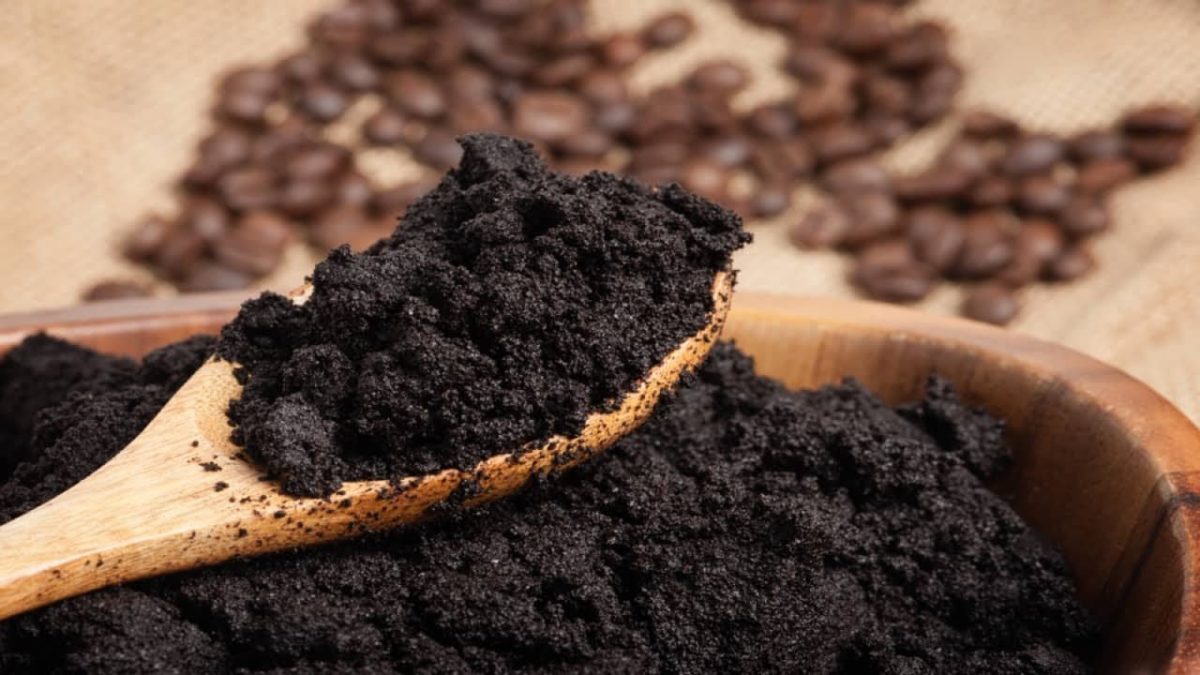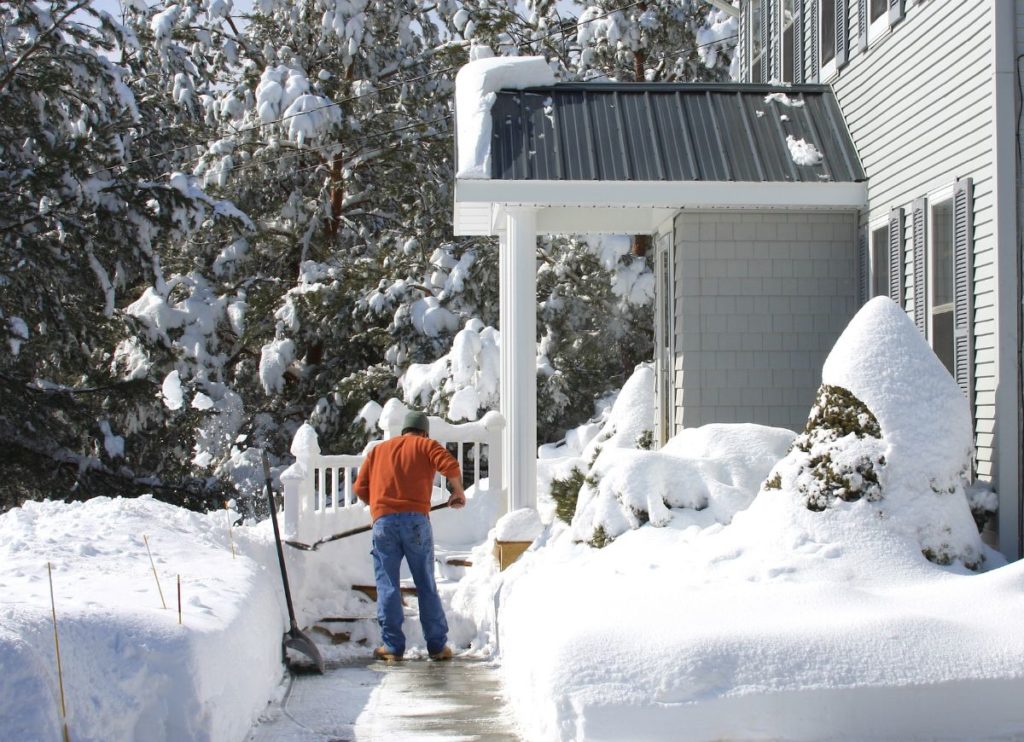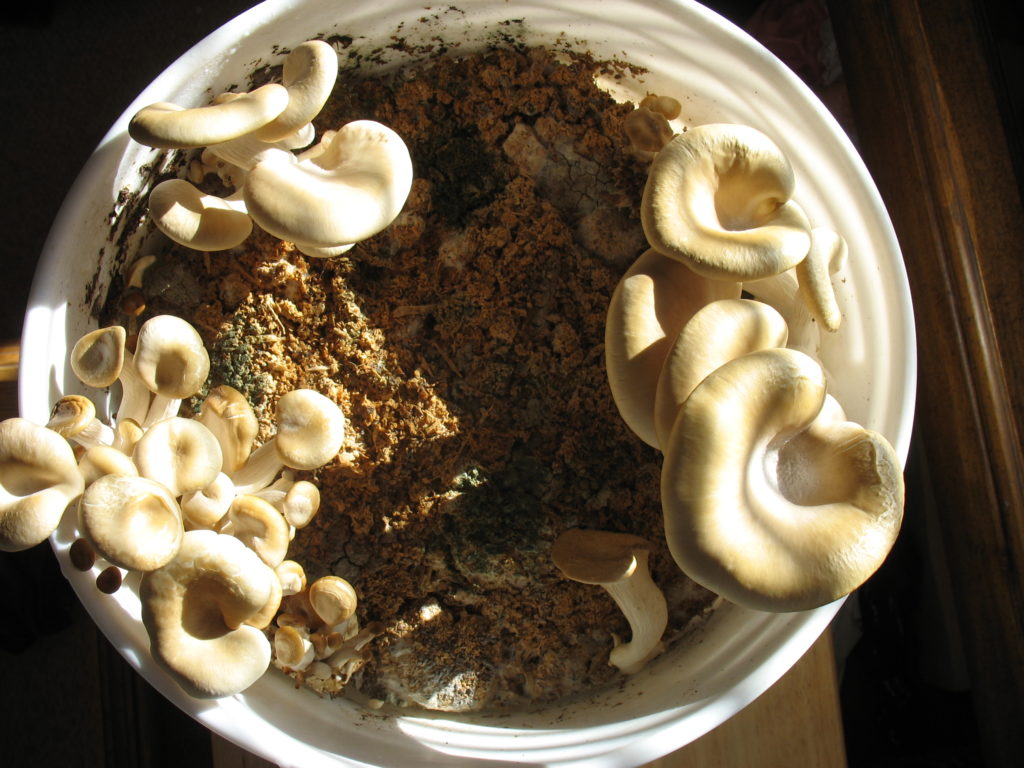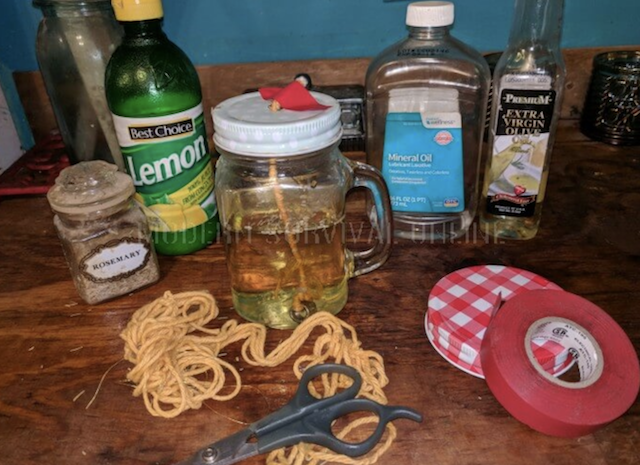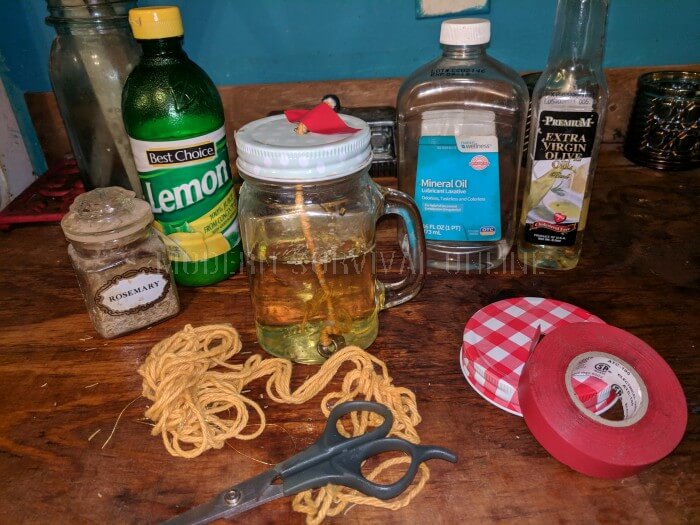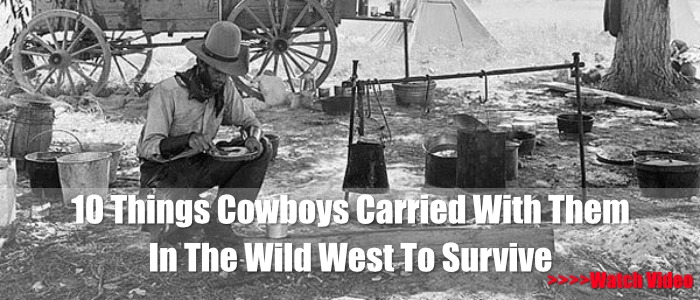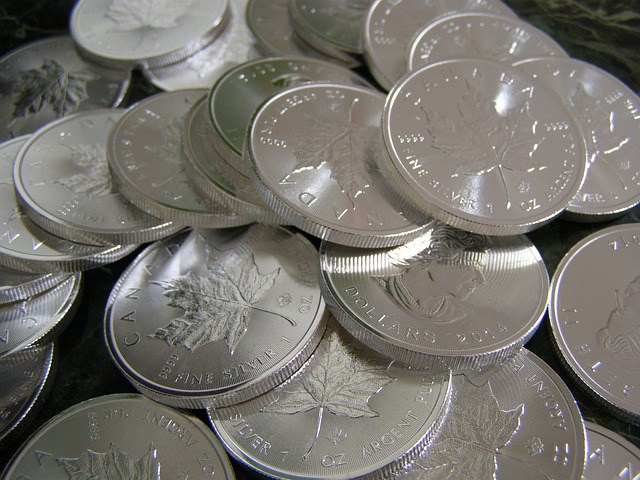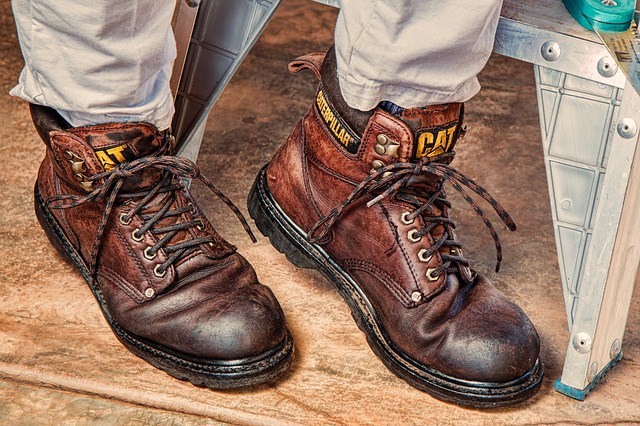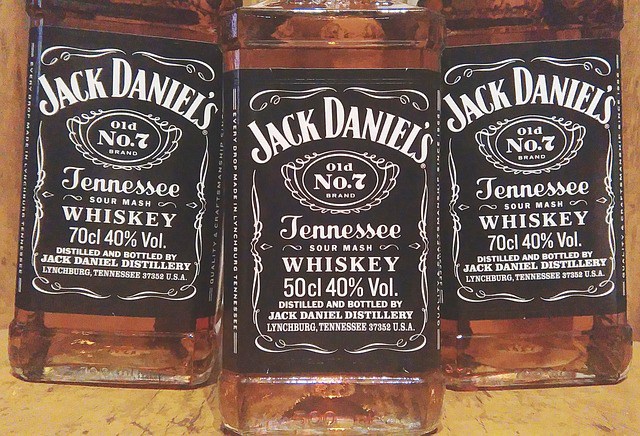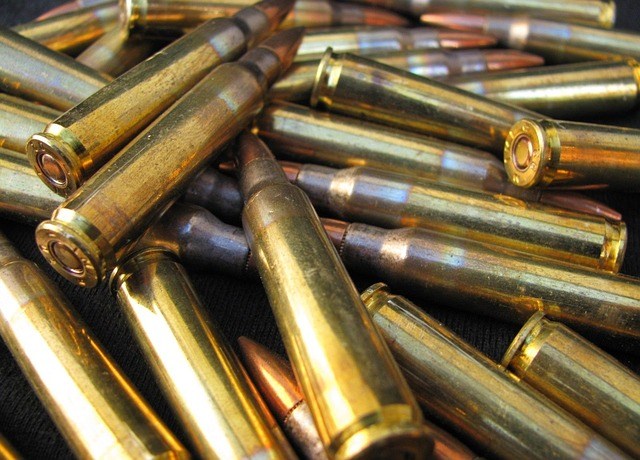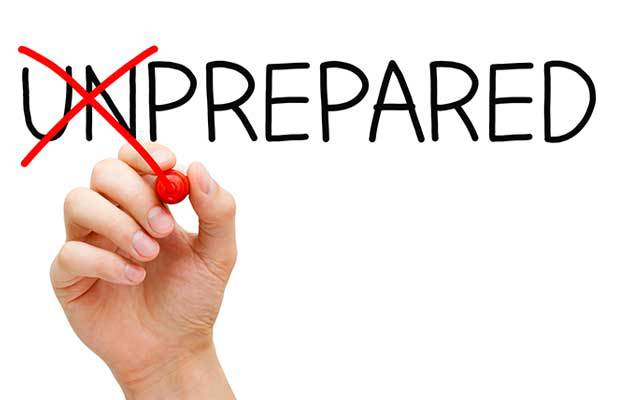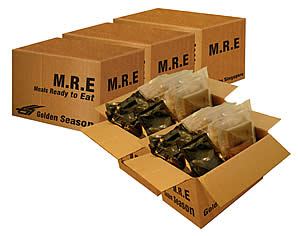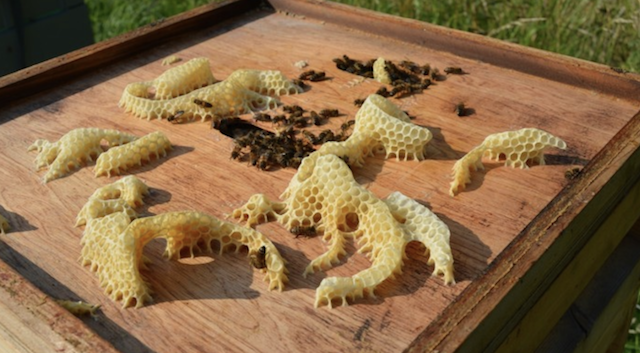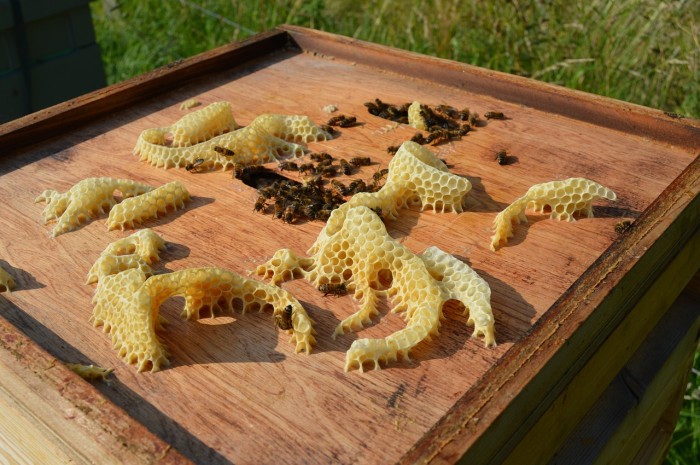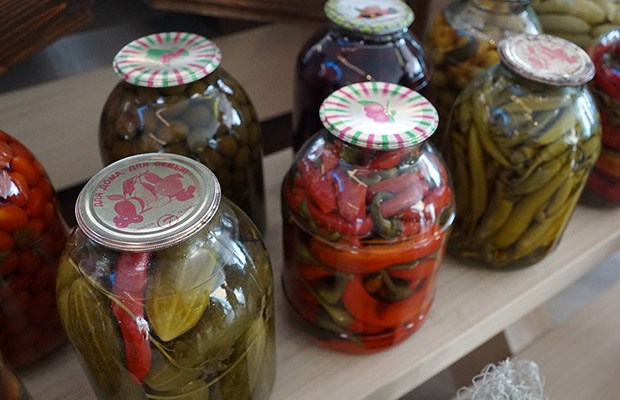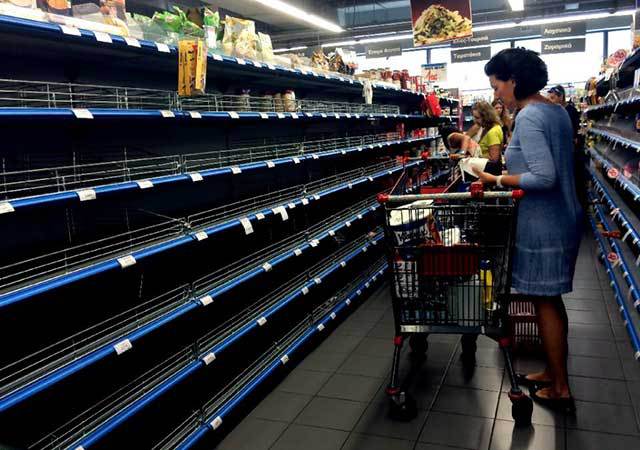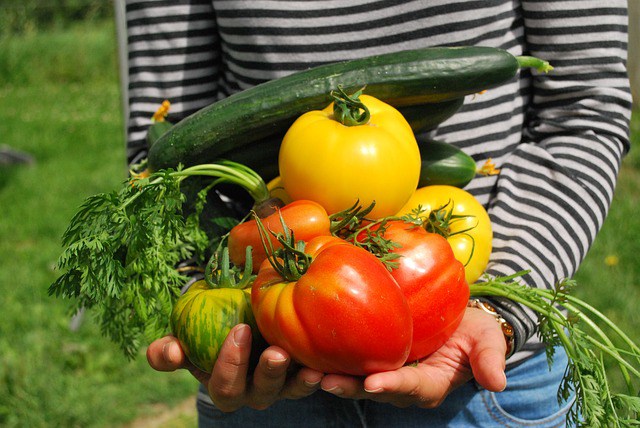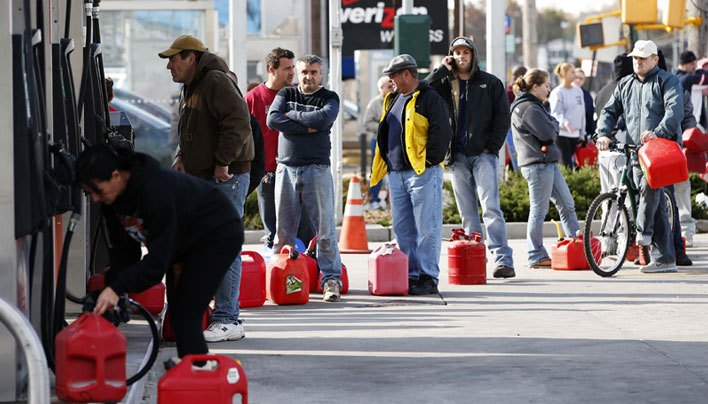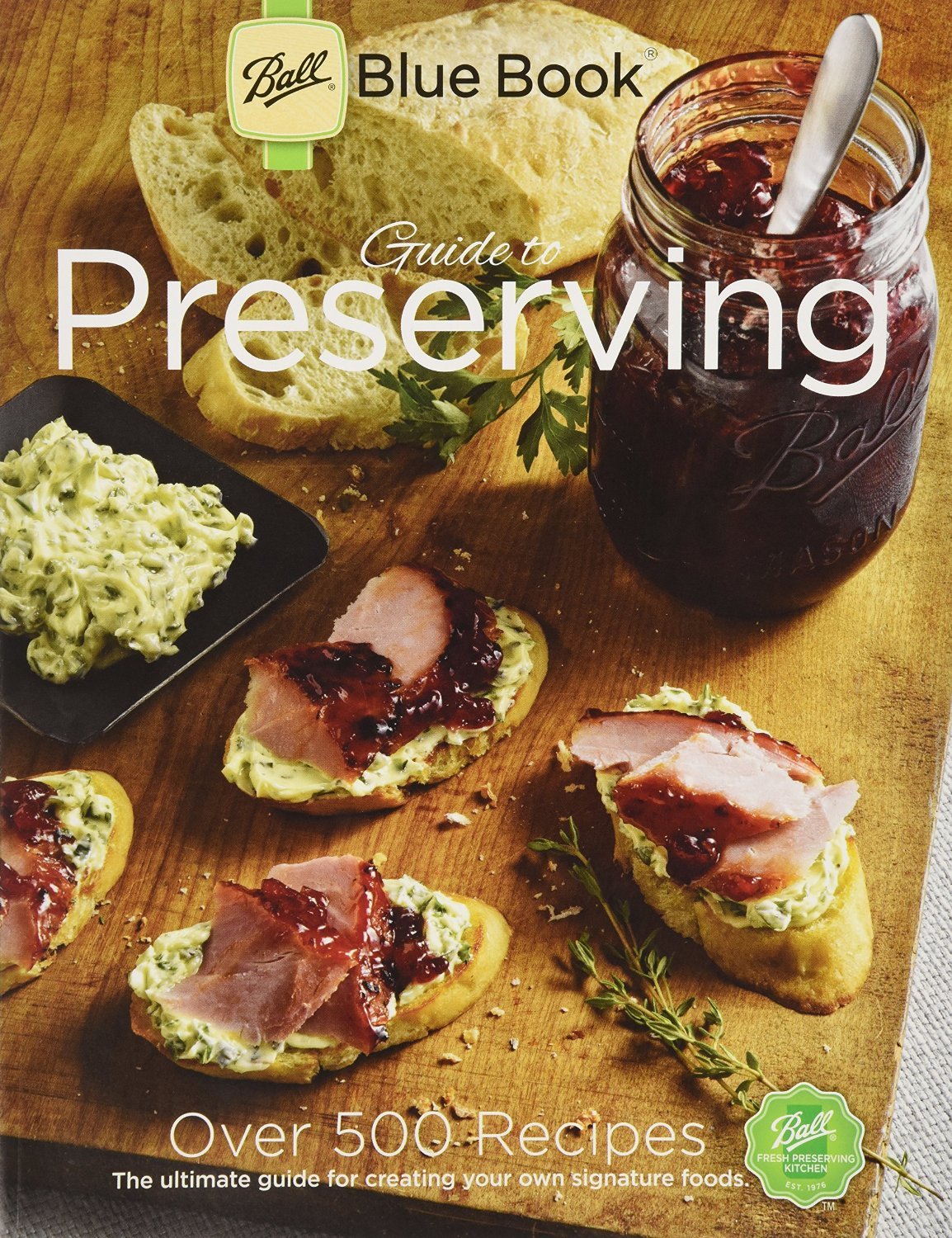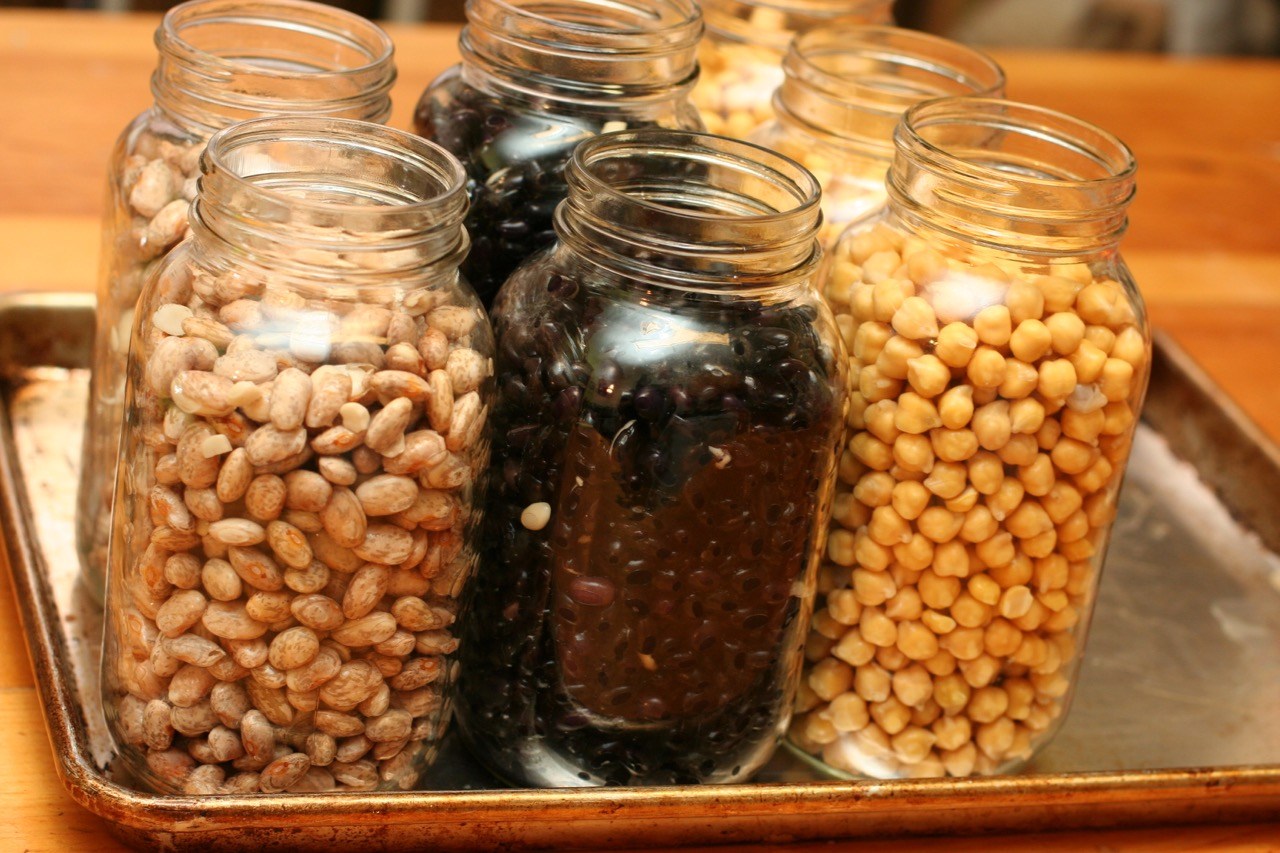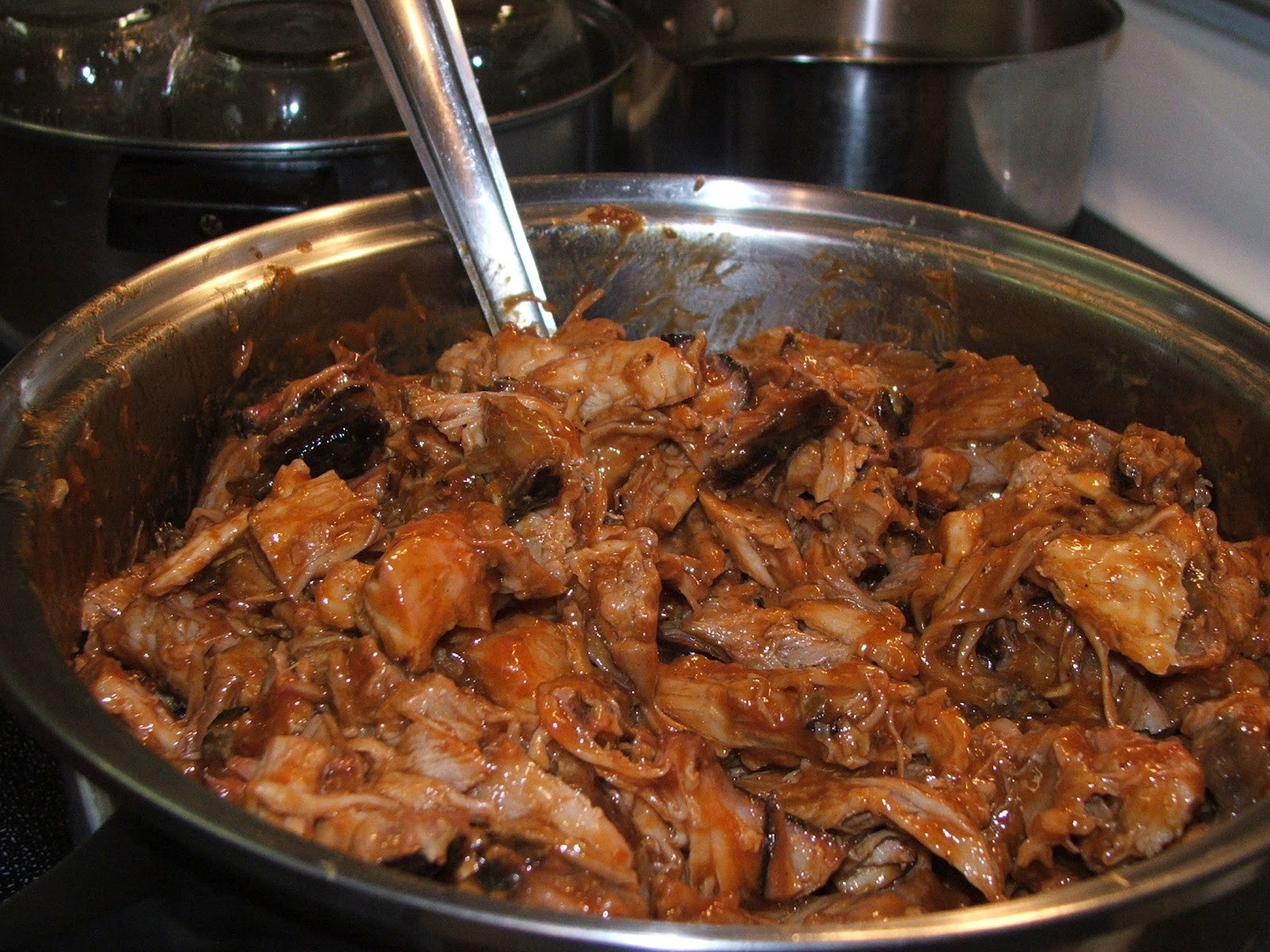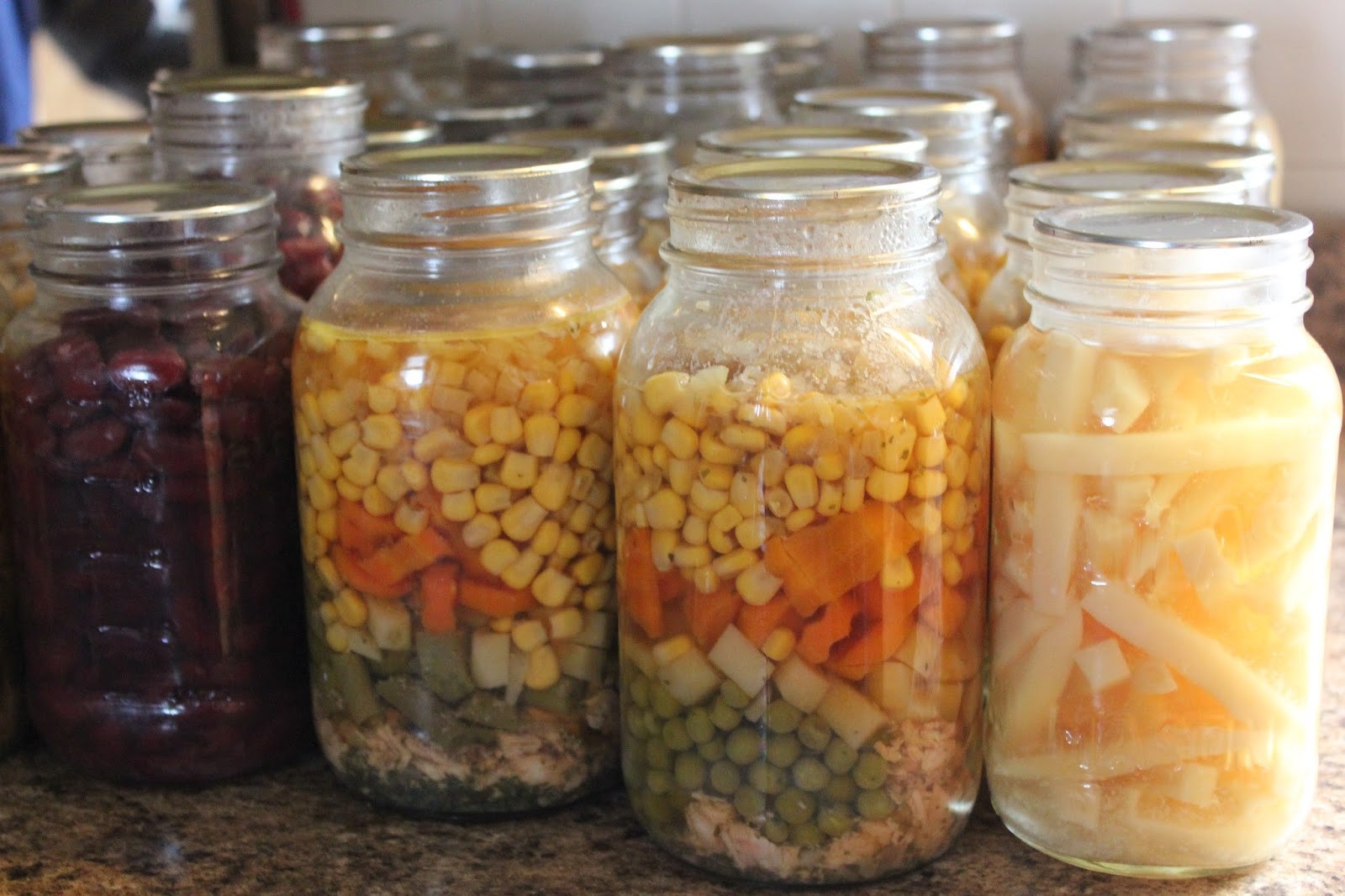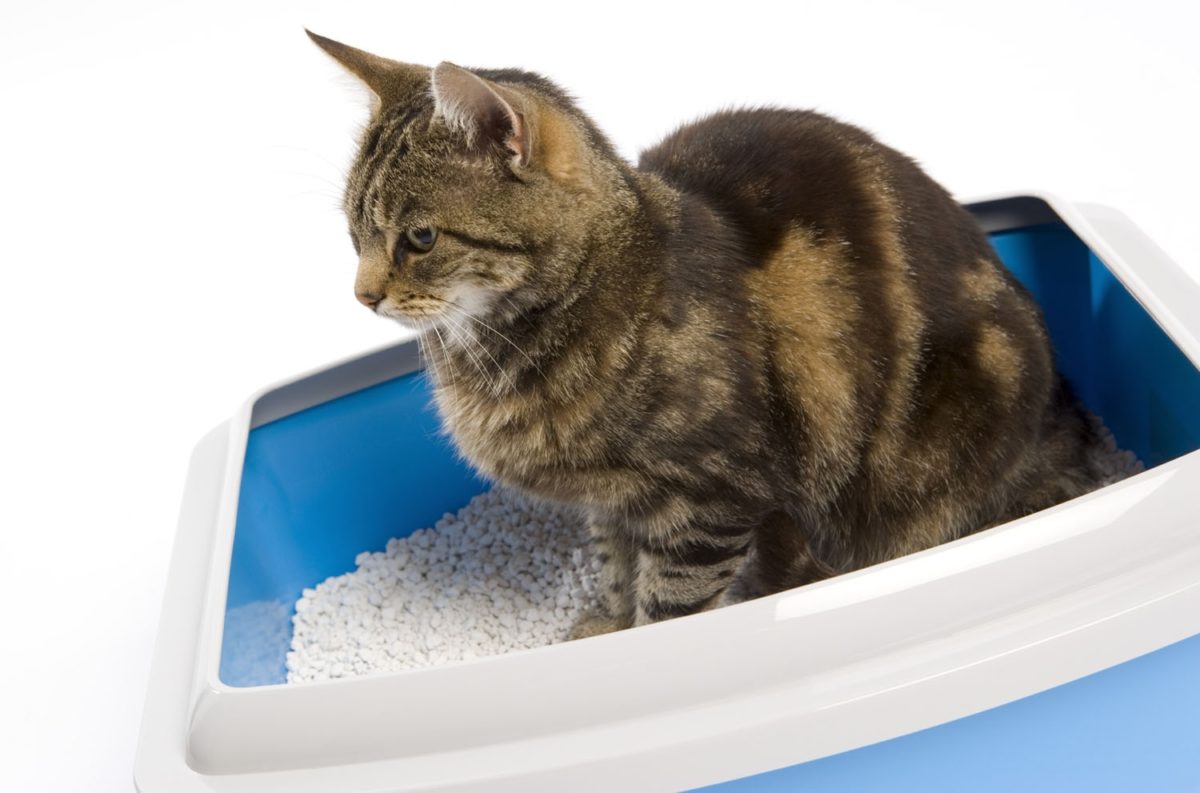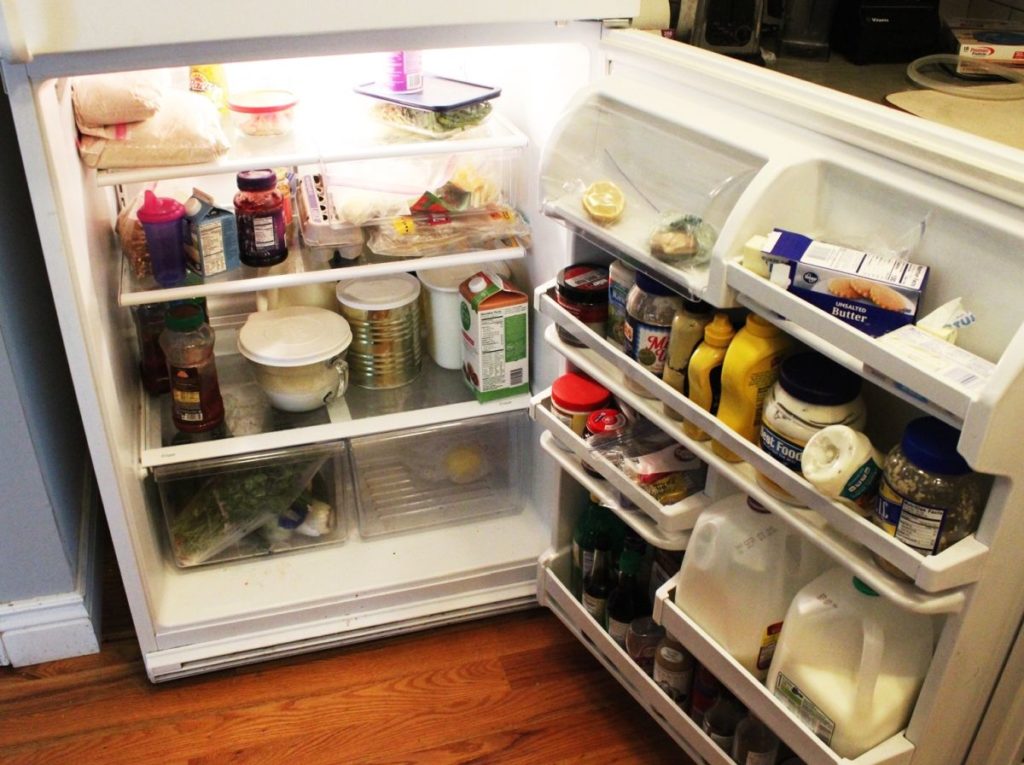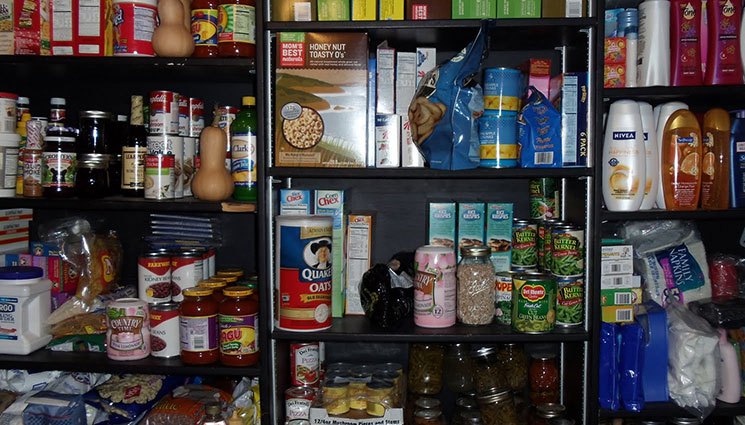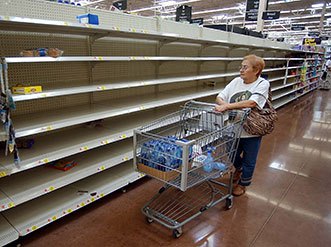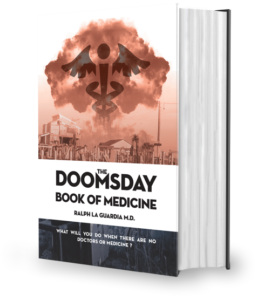9 Prepping Uses for Coffee Grounds
I recall reading somewhere that we don’t actually measure life in hours, minutes, seconds or years, but rather in a coffee spoon. I have to agree with this one – if I did that right, I would say that my age would be around two cargo containers filled to the brim with coffee.
Anyway, today’s topic won’t revolve around coffee, per se, but the coffee ground. Yup that icky stuff that usually ends clogging the kitchen sink has many uses. So, without prolonging your agony too much, here are 9 ingenious ways to reuse coffee grounds.
Pots and pans detail
The only thing worse than burning your food is having to scrape that pot or pan afterward. It’s frustrating because no matter how hard you scrub, that scorch mark will still cling to your cookware. When everything else fails, use coffee grounds. Even though that stuff’s been drenched in hot water, it’s still quite abrasive – good news for you, bad news for whatever dirt’s left on the pot. I personally prefer giving the skillets a through coffee grounds scrub every now and then. That’s the reason why I keep a box of that stuff next to the kitchen sink.
Creating awesome marinades
Cooking’s great because it allows you to experiment with various ingredients combos. Take marinades, for instance. Each marinade consists of 5 basic ingredients: oil, salt, pepper, water, and spice mix. However, this doesn’t have to stop us from trying other things. Some use scented oils, veggie mix, Worcestershire sauce, Tabasco, and whatnots. I personally prefer to use coffee ground. Apart from the fact that it makes the meat literally melt in your mouth (try this the next time you’ll be cooking pulled pork) it also gives it a smoky, earth-like aroma and aftertaste. Not to mention the fact that it’s a great way to recycle coffee ground which in 99.9 percent of cases would end up in the trash.
Giving plants a run for their money
Many people have asked me what type of chemical I use around the garden. Well, I don’t use that stuff because I don’t want to end up with supermarket tomatoes. I usually make my own compost from coffee grounds, wilted veggies, and dung. Plants simply love it. Sure, you need to wear a hazard mask to walk around the compost pile, but nothing beat a tasty and nutritious veggie dinner.
No more ice-skating
If you’re having trouble figuring out a way to remove the ice from your driveway with destroying the driveway in the process, try with coffee grounds. That stuff provides great traction while melting the ice.
Getting rid of dead skin and acne
Acne’s always an issue, regardless if you’re 14 or 44. Don’t waste your money on expensive skin creams when there’s a cheaper alternative – using fresh coffee grounds. After grounds cool down, stick them inside a food processor and give them a couple of spins. Use this fine powder to scrub your face and other parts of the body.
No more ants in the pants (or food basket)
Summer’s just around the bend, and we all know what this means – quite family picnics, hiking, and drives. If you don’t want to see any ants or other pests crawling all over your food, sprinkle some coffee grounds the picnic area. They hate them. Apparently, according to researchers, caffeine, the very same substance that gives us a kick in the morning, disrupts their central nervous systems, making the critters feel mightily uncomfortable.
Getting rid of nasty fridge smells
I know that no one’s in the mood to take everything out of the fridge and scrub that thing clean at the end of the week. Obviously, if you postpone this for too long, you’re going to end with a smelly fridge. Now, if you’re not a clean freak, you may be able to get rid of fouls smells from the fridge by putting some coffee ground on a plate or small bowl. Place it inside the fridge, and that’s it. You can also use the same stuff as an air freshener. FIY, coffee grounds are very effective at removing tobacco smell from the room.
Grow your own shrooms
No, not those kinds of mushrooms, because they’re illegal. I was thinking more on the lines of champignons, the same shrooms you find in every supermarket. It’s super easy to do it. Take a plastic bucket and fill it with some earth. Add a handful of compost and mix with a trowel or hands. At your local supermarket, take a look around the gardening section for shroom seeds. They’re very cheap (around $1 per package). Empty the pack’s content in the bucket, water, and place in a dark room with a loss of moisture. I personally keep my bucket shrooms in the basement. After a couple of weeks, you’ll be able to harvest and use them for cooking your favorite meals.
Keeping mold away from your linen closet
Nothing beats opening your closet and taking a whiff of those freshly-ironed bedsheets. Well, you wouldn’t feel that way if your nose was to be assaulted by a rancid smell. That’s the trouble with keeping linen for far too long under lock and key – they tend to smell of mold. However, there’s a quick to prevent that from happening, and it doesn’t involve washing, ironing or buying pricey closet fresheners.
Fill a small satchel with coffee grounds and place it between the bedsheets. The coffee grounds will remove any mold from the closet and make your linen smell as if they were just taken out of the washing machine. You can also do the same for your wardrobe and drawers where you keep stuff like underwear and socks. These coffee ground sacks will also keep moths and other critters away from your clothes.
Well, that’s about it on how to reuse coffee grounds around the house. What’s your take on this? Hit the comments section and let me know.
Yup that icky stuff that usually ends clogging the kitchen sink has many uses.

